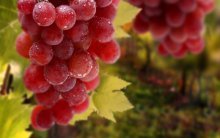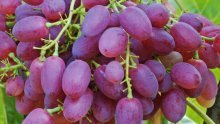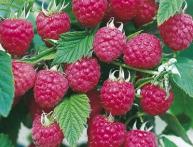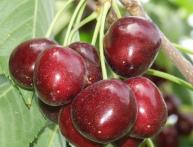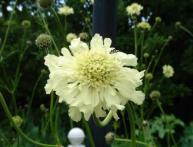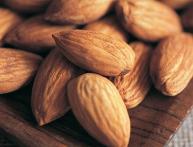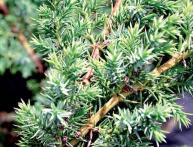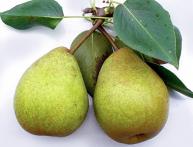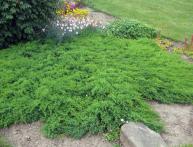The best grape varieties for growing in the Moscow region
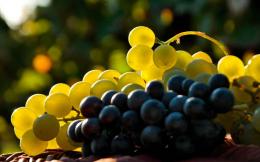
The history of grape cultivation goes back several thousand years. During the transition from gathering to settled agriculture, ancient people began to plant the best wild-growing forms near their homes. grapes. To understand which grape varieties for the Moscow region can be considered the best, it is worth turning to the history of grape cultivation in this region.
Content:
- A brief history of viticulture near Moscow, the best varieties for the Moscow region
- Characteristics of proven table grape varieties for the Moscow region
- Technical grape varieties for the Moscow region
A brief history of viticulture near Moscow, the best varieties for the Moscow region
At first, grapes were grown in the southern and eastern regions of the Russian state. For a very long time, viticulture did not move from the Caucasus and Crimea to more northern regions. Merchants carried grapes and wine in them.
In the Moscow region, the history of grape cultivation began in the 17th century. In Izmailovo, which was the estate of Russian tsars since the time of Ivan the Terrible, a vineyard was founded under Tsar Alexei Mikhailovich. Southern grape varieties were grown in a covered form. A model farm was established on the territory of the estate. There were fish ponds, greenhouses, and gardens with rare plants.
There was also an apiary here. It was the bees that caused the grapes to be cut down. The bees became addicted to grapes and made the “wrong” honey. People who tasted such honey behaved incorrectly and not always adequately.In the 18th century, on the banks of the Moscow River grape raised in greenhouses. All varieties were still imported from the south.
I.V. Michurin and his students laid the foundation for varieties that could be grown in more northern regions. After the war, in 1948, in Kuchino, near Moscow, there was a stronghold for growing new varieties. Employees of the Moscow branch of the All-Union Research Institute of Viticulture worked on the development of new varieties. Here they not only bred new varieties, but also worked out agricultural techniques for growing them in the conditions of the Moscow region.
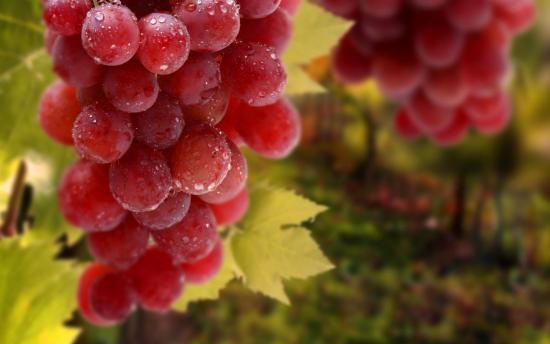
And although research work was stopped in 1969, Kuchin varieties are still used in amateur viticulture. These are primarily varieties:
- Kuchinsky white
- Kuchinsky black
- Kuchinsky seedless
Now we can name about 30 varieties, which are suitable for growing in the Moscow region. These are mainly early and very early varieties:
Characteristics of proven table grape varieties for the Moscow region
Grape variety Aleshenkin
Despite the annual appearance of new varieties and hybrid forms of frost-resistant grapes, the Aleshenkin variety remains in demand in amateur gardening. First of all, its berries and shoots are guaranteed to ripen in almost any weather. Even in the most unfavorable weather conditions of the year, these indicators of the variety are satisfactory. The harvest ripens in 110 - 118 days; it can be harvested in the Moscow region as early as mid-August.
The bushes are tall and strong. The ripening of shoots of this variety is good. Needs crop rationing. You can remove up to 10 kg of berries from one bush. The flowers are bisexual. The bunch is beautiful, large, weight can reach up to 1.5 kg.The berries are oval rather than round in shape, and the color is white with an amber tint.
The weight of the berries is up to 4.5 g. A successful combination of sugar, about 20%, and acidity, about 3 - 5 g/l. The taste is excellent, the berry is elastic. When grown, it is resistant to violations of agricultural technology, excellent for beginner winegrowers.
Frost resistance good, tolerates negative temperatures down to -26. As a disadvantage, one can name low resistance to grape diseases.
Grape variety Muromets
Grapes of Michurin selection. Parental forms are the Northern and Pobeda varieties. A very early variety. The bushes near Muromets are tall. The flower is bisexual. The clusters are conical, dense, large. The berries of the variety are dark, purple, and covered with a waxy coating. Sugar content is about 18%, acidity is 4.4 g/l.
Seeds very small, very often there are only 1-2 of them in a berry. Can be used for drying. The variety is frost-resistant, can withstand frosts down to -26. Immune to mildew. Disadvantages include cracking of berries when there is excess rain and susceptibility to oidium disease.
Variety Kuchinsky seedless
Video about grape varieties in the gardens of the Moscow region:
The grapes are distinguished by their early harvest. Ripens after the first ten days of August, even if the brushes are not removed immediately, they hang for up to three weeks without loss of quality. The clusters are medium in size, 15 - 20 cm long, weighing up to 300 - 400 g. The berries are white, oval. The skin is thin. Sugar content 18%. Acids up to 7 g/l. The variety is tolerant to gray rot and cracking of berries. As a disadvantage, we can note the moderate yield of up to 4 kg per bush.
Technical grape varieties for the Moscow region
Basically, technical varieties are intended for processing into grape juice or wine.Sometimes technical varieties have excellent taste and are quite suitable for fresh consumption.
Grape variety Crystal
A very early ripening variety, the berries take 110 - 115 days to ripen. A variety of Hungarian selection. The parents of the variety were Amur grapes and the Hungarian varieties Villar blanc and Challoczy Lajos. The berries of the variety are quite large, weighing up to 2 g. The skin is thin, the pulp is very tender and juicy. The shape of the berries is round-oval, the color is yellow-green, sometimes white, and there is a waxy coating.
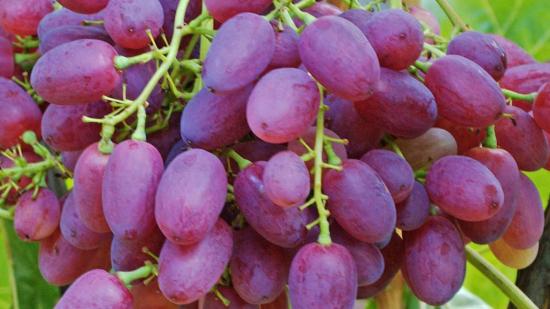
The berries are collected in fairly dense bunches weighing up to 200 g. The sugar content of Crystal berries reaches 18%, and the acidity is no more than 6 g/l. When grown under the protection of walls, sugar content can reach 23%. It should be noted that it was possible to grow Crystal with a sugar content of 26% and a bunch weight of 300 g. Variety Suitable for making white table wines. Tolerates frosts down to -29 degrees. The variety is quite easy to grow and has good resistance to mildew and gray rot.
Variety Kay Gray
The variety has one of the best resistance to low temperatures and can withstand temperatures down to -42. In addition, it is not affected by mildew or gray rot. The berries are light green. It should be said that although the variety is technical, it is not suitable in its pure form for making wine, since during fermentation it produces methyl alcohol, which is dangerous to human health.
Best used for preparing natural grape juice The juice from this grape has beneficial phytoncidal properties and excellent taste. When choosing varieties for plots near Moscow, you should not chase quantity and try everything at once. Start by growing 1 - 2 varieties, gradually studying the offered assortment.

